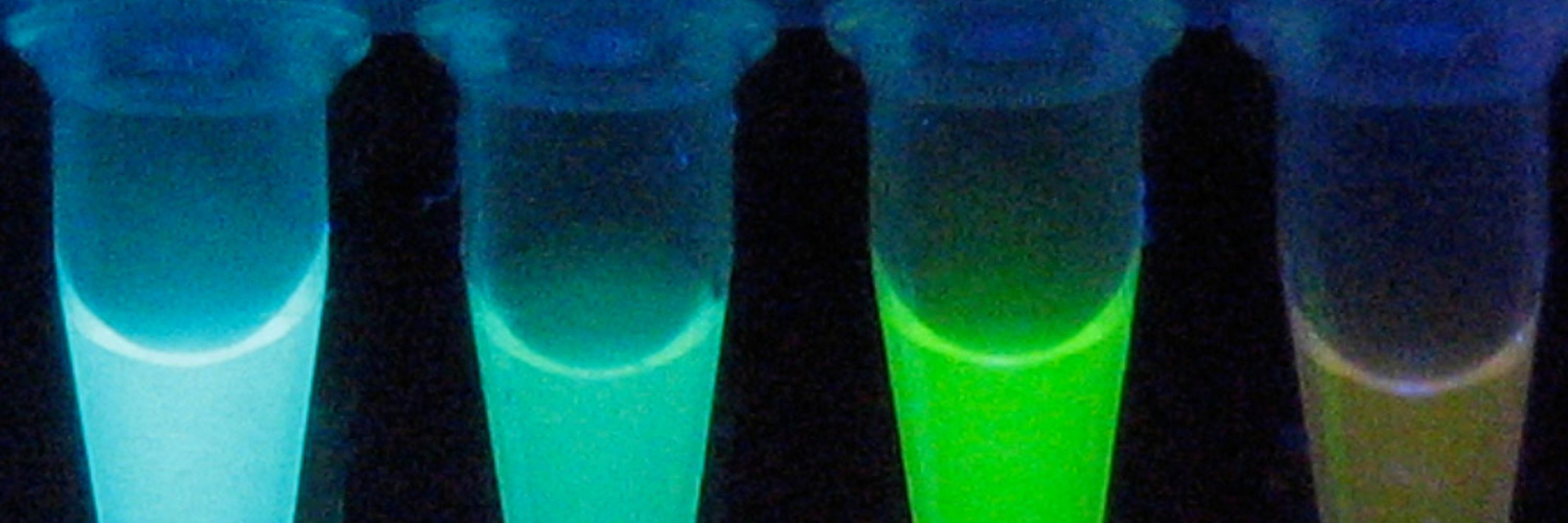
Homepage: https://joachimgoedhart.github.io/
DataViz Apps: https://huygens.science.uva.nl
www.nature.com/articles/s42...

www.nature.com/articles/s42...
What could possibly go wrong?

What could possibly go wrong?


www.biophysics-reports.org/article/doi/...

www.biophysics-reports.org/article/doi/...







Even under these conditions the structures do not look crisp and free from crosstalk ⬇️ (cropped from figure 4)

Even under these conditions the structures do not look crisp and free from crosstalk ⬇️ (cropped from figure 4)




Were the images impressive? Not really! This is a limitation of the hardware, which limits the resolution. Here's an example for 3 CFP variants that were unmixed (co-expressed with a YFP and RFP).

Were the images impressive? Not really! This is a limitation of the hardware, which limits the resolution. Here's an example for 3 CFP variants that were unmixed (co-expressed with a YFP and RFP).
Discrimination of FPs on basis of their lifetime was first reported in 1999 by Rainer Pepperkok et al: doi.org/10.1016/S096...
They also solved the equations for unmixing three species that were acquired in the same spectral channel:

Discrimination of FPs on basis of their lifetime was first reported in 1999 by Rainer Pepperkok et al: doi.org/10.1016/S096...
They also solved the equations for unmixing three species that were acquired in the same spectral channel:







